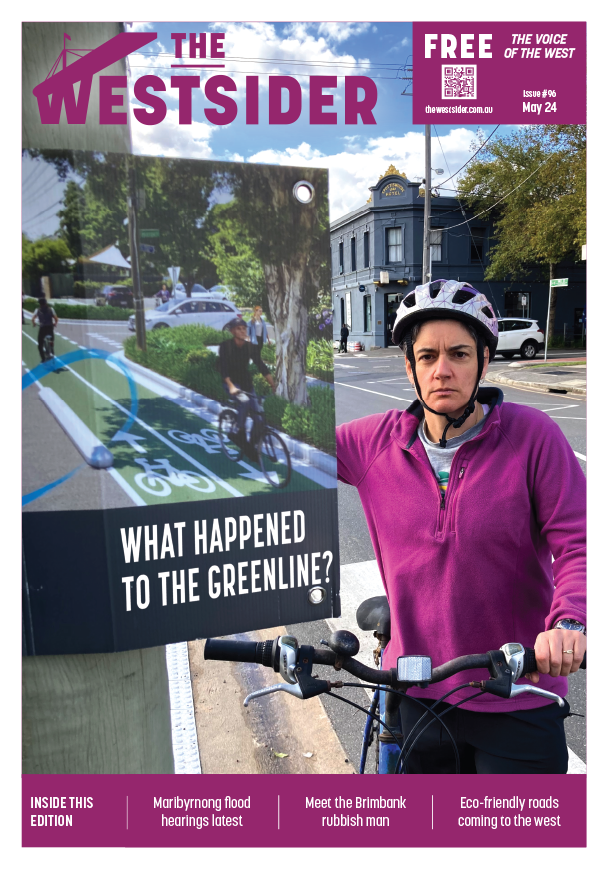By Vanessa Shribman
It’s hard to navigate which yoga suits you because there are so many on offer. So how can you find out what the class will be like?
Will it be fast or slow? Hot or room temperature? Will it be modified if you have an injury? And if you simply cannot manage that pretzel looking pose, will you be humiliated and feel like running out of the room? Will everyone be thin, lithe and look like a ballet dancer wearing couture or will the class accommodate all body types, sizes, and shapeless t-shirts?
Yoga, for good or ill, has become the trendy cure-all exercise trend. The thing is, that was never the intention.
Physical yoga as we know it today began to develop around 5000 years ago in India by meditating yogis who devised poses from what they experienced in nature (think tree pose or cobra). It was practiced by the fittest most elite males only and was one path to enlightenment.
Over the last 80 years, since being introduced to the West, yoga has been practiced more and more by women. The traditional teachers all recognised and practiced yoga as a path to develop body, mind and spirit, and to reach the highest possible potential for a human being; Enlightenment. Classes included poses, breathing, philosophy and meditation.
About 25 years ago the fitness industry recognised its potential. Yoga was a demanding and vigorous exercise system which targeted every part of the body. It also offered wonderful techniques to combat stress and calm the mind and most pointedly it made people feel great. This brought many new and innovative ways to practice yoga into the mainstream and many new yoga centres sprouted up making it accessible to all. The challenge is to find the style that suits you.
Many students I talk to have tried yoga for the first time in a particular style and decided that if this is yoga it is not for them. It has taken years for some to realise that there are other options. I do believe that there really is a style to suit everyone who would like to benefit from Yoga. I have offered a short summary of the most common styles of yoga (the list is not exhaustive) all of which you will find in your area.
| Yoga Style | Flow Yoga | Iyengar | Ashtanga | Bikram | Yin |
| Temperature? | Hot | Room temperature ambient | Hot | Very hot 40 degrees and 40% humidity | Room temperature ambient |
| Are there levels for different abilities? | No | Yes | Yes | No | No |
| How long are the classes? | 45 to 60 minutes | Depends on level 60 to 90 minutes |
90 to 120 minutes | 90 minutes | 45 to 60 minutes |
| What is the median age? | 20 to 30 | 35 to 70 | 20 to 40 | 20 to 40 | 20 to 50 |
| What are the benefits | Increased flexibility, detox and sweating. Feels like a workout. Poses are similar each class. No levels so there are many class options. | Alignment based with time to get into each pose. Detailed instruction and different poses each week. Methodical approach to develop strength and flexibility safely. Inversions are taught. | Strong, dynamic practice with 5 different series of poses each more advanced than the previous. Based in sun salutes. Very strengthening and powerful for increasing energy. | The hot room leads to increased flexibility, detox and sweating. Feels like a workout. 26 poses and instruction is exactly the same each class. No levels so there are many class options. | Very relaxing. Poses are supported and are sustained for minutes. Leads to deep fascial stretch and calms the mind. |
| What are the downsides | Students express that because there are no levels and the same poses are practiced they do not see improvement from year to year. | Slower than the flow styles. Detail can be boring for some. Demands concentration. Levels according to experience means that there are less classes to choose from. | Repetitive sun salutes can cause knee and shoulder strain and injury. Very physically demanding. | Heat can feel overwhelming. No support if you have an injury. Not recommended for seniors or those with heart problems or other health conditions. Can lead to over stretching and injury | Can cause injury particularly for students who are hyper mobile or in pregnancy. Yin can overstretch ligaments and muscles. |
| Are there individual adjustments for injury/ stiffness | Rarely | Yes in all classes | Yes | Nil | Some |
| What is the level of teacher training? | 200 hours | Minimum of 500 hours of teacher training over 3 years followed by certification process. | 3 years | 9 weeks on site training | 200 hours. Generally teachers also teach flow. |
| Who is this style most suitable for? | Generally fit young people | Those who would like to learn the entirety of the yogic system. Generally suits those over 30. | 20 to 40 | Generally fit young people | All |
Vanessa Shribman is a Senior Iyengar Yoga Teacher with over 30 years of experience. She is a Holistic Physiotherapist and Birth Educator teaching in Footscray at Body Voice Centre.



